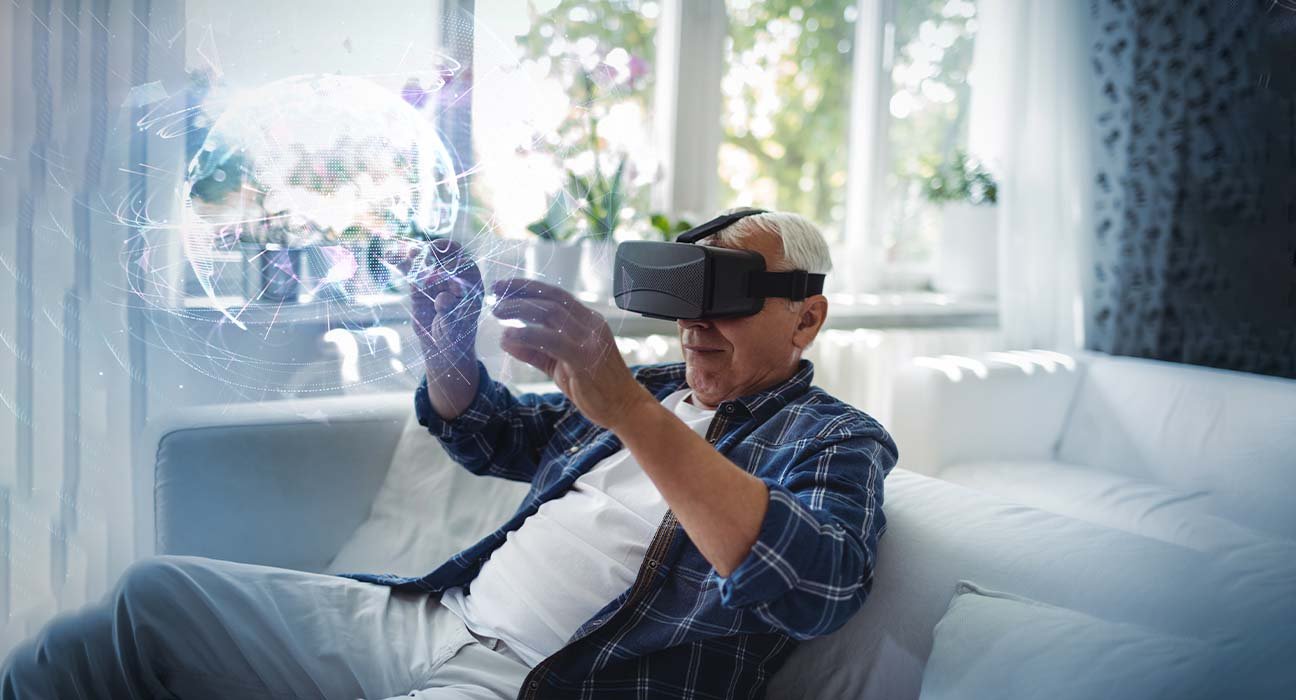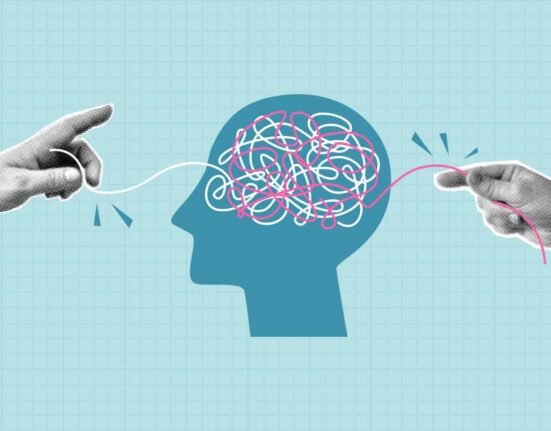Imagine you have a fear of heights, you might think that this could be a difficult task for you to overcome this situation. But what if someone tells you that you can overcome this phobia without being in a real-life situation and experiencing the same virtually?
This may sound new to you as we have always talked about therapy where there is a connection between the patients and therapist. But since our technologies have evolved so much, they allow us to feel certain situations again and share the facts that we weren’t able to do before. But, how psychology is linked with technology? And how it helped in the therapy process. To know more, read about what are the psychological effects of virtual reality in therapy.
What Is Virtual Reality Therapy?
Before going into depth of understanding the psychological effects of virtual reality. It is important to understand what virtual reality is. Virtual reality is computer computer-generated environment that makes us feel the physical presence in real or imagined worlds. This tool is emerging quite promising in the field of psychology to understand various disorders and help in the therapeutic processes. With the help of specialized software programs that create a virtual environment, and full 360-degree view enables people to experience it.
How Does Virtual Reality Therapy Work?
Virtual reality offers new ways to treat psychological disorders such as PTSD, phobias, and anxiety. Virtual reality provides a lifelike environment with three-dimensional space for us to experience. The VR makes the patient imagine their feared situation. The researchers are controlling the environment to prevent people from running away due to fear.During VR therapy, people with claustrophobia can envision themselves in a narrow cave. Then the clinicals can help them to confront their fears.
Also Read: The Impact of Technology on Sexual Behavior
This way the patient can overcome this situation and can move freely in this virtual environment. After the therapy, the clinical team monitors the patient’s emotions and analyzes their mental health. This is also effective for patients to understand their mental well-being and opt for coping strategies.
What Is The Role Of Exposure In VR?
Now, this virtual reality therapy also works on how intense exposure we have put on someone. As we know, when someone deals with some kind of fear and phobias, many times people get exposure therapy as a way to overcome this fear. Exposure therapy is when we repeatedly confront a situation to reduce fear and overcome it. Thus, the VR uses exposure therapy on the basis of the int4nsities and categorizes it into two parts, i.e. flooding and graded exposure. Flooding exposure also known as implosion therapy where patients are faced with their most intense fears first. This method helps reduce fear by slowly getting used to the scary situation over time. People with a fear of public speaking are made to speak on stage in front of many people. However, this exposure can lead to some serious consequences in the patient’s life. To reduce the effects of phobia in the future, take precautions when exposing other patients to floods.
Another way to treat fears or phobias is called graded exposure. Patients are slowly exposed to their fears, starting with the least stressful stimuli. Then gradually led to the most stressful stimuli. To help someone overcome a fear of spiders, they can start by looking at pictures. Then, they can gradually get closer to a real spider. Finally, they can have a spider in the same room.
Also Read: World Environment Day: The Role of Environmental Psychology
How Virtual Reality Treats:
1. POST TRAUMATIC STRESS DISORDER
Virtual reality (VR) can create a safe space for people to deal with their traumatic experiences. This technique has less threat than traditional talk therapy. This method helps people share their feelings, understand their emotions, and confront their fears in a secure place. People can learn different mindfulness techniques and choose what works best for them.
Patients with PTSD feel safe when they understand themselves in private. This helps them develop confidence through new behavior.
2) ANXIETY:
Virtual reality (VR) has grown its demand in the field of anxiety over the years. It ensures people express their anxiety or fears in a safe and controlled way. In this virtual world, they can understand their point more clearly without real-world consequences. Facing fears in the world can help people better handle real-life problems. Another benefit of VR in anxiety-related issues is that it makes it easy for people to understand their coping strategies. For example, people who have a social anxiety disorder can try to interact with people in crowded places in their virtual world and hence it can help people to overcome this issue in their real world and learn new social techniques.
Also Read: Childhood Trauma – High Time to Rewire Your Brain!
3) EATING DISORDER
Not only PTSD, and anxiety, VR has also played a crucial role in resolving eating disorder issues. VR has been used as an effective tool to solve issues related to eating disorders. It provides a realistic environment for recognizing and addressing eating disorders, leading to healthier behaviors. It has been observed that after using VR therapy, people can feel more control over their eating habits. As it allows them to imagine a situation where they are making healthy lifestyle choices. In this way, it helps them to overcome this therapy and bring positive changes in people’s eating behavior.
4) ADHD
VR is effective in helping with ADHD by improving focus, attention, and hyperactivity. Virtual reality was popular among schoolchildren. It helps them practice behavior skills and stay focused. With the help of cognitive behavioral therapies, individuals can work more on their behavior in an efficient manner. It also helps to reduce anxiety and control over one’s emotions. People who use VR can learn different techniques to relax their minds, which can ultimately reduce stress and hyperactivity.
We have observed that virtual reality has brought a new change to psychology, especially in exploring disorders. But, it is important not to rely too much on this technique. The human connection is what makes the foundation of therapy. Therefore, it’s important to take care of yourself and spend time with loved ones.













Leave feedback about this